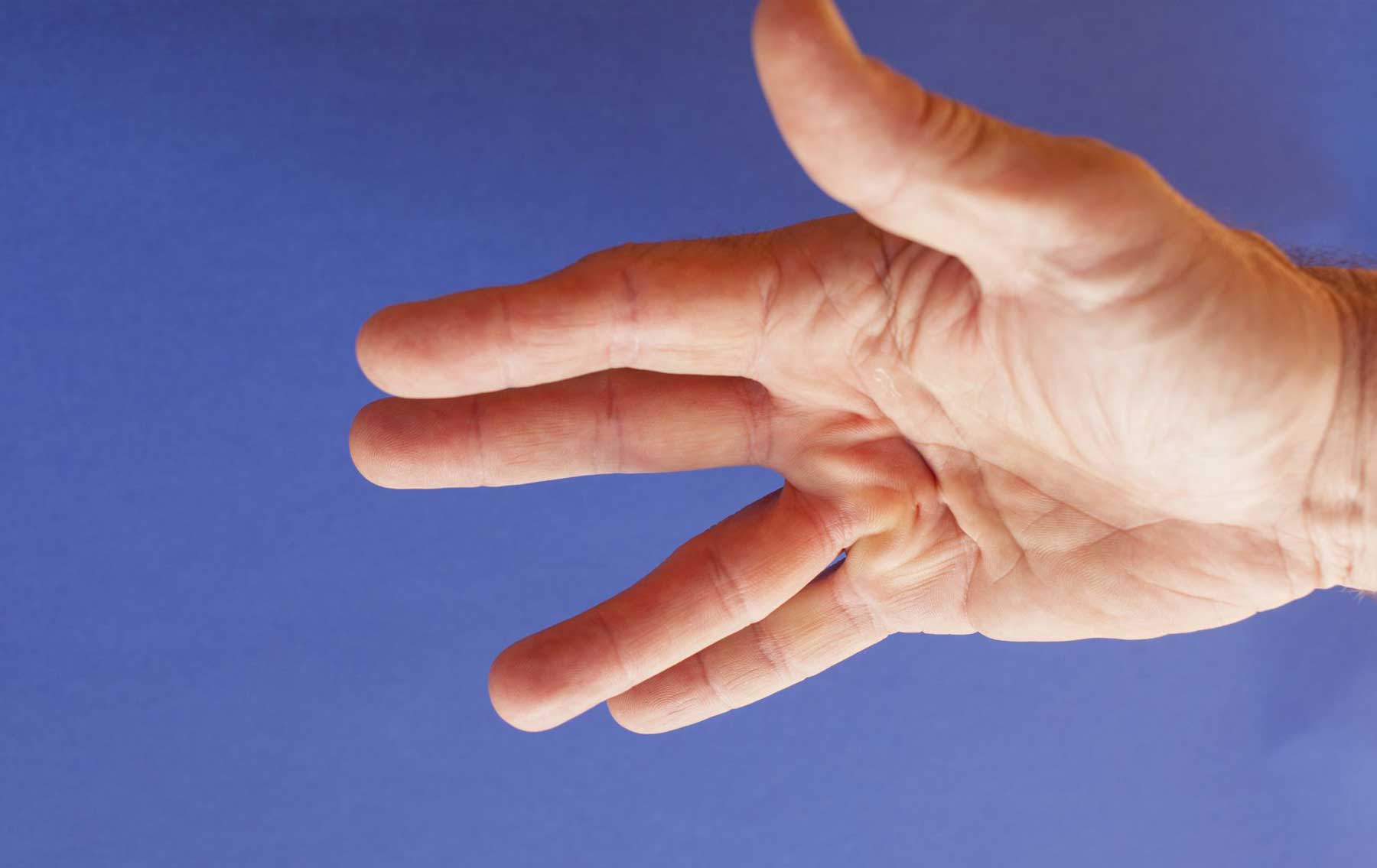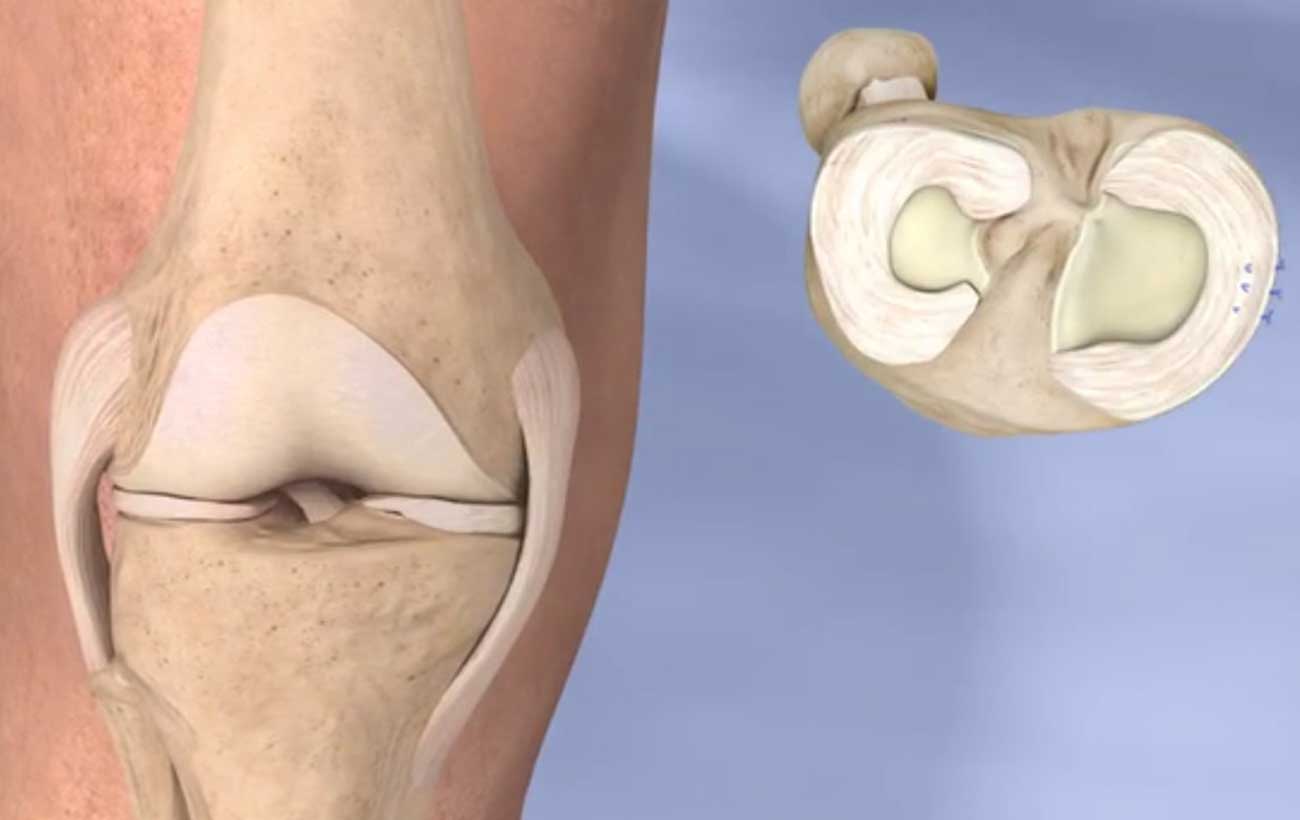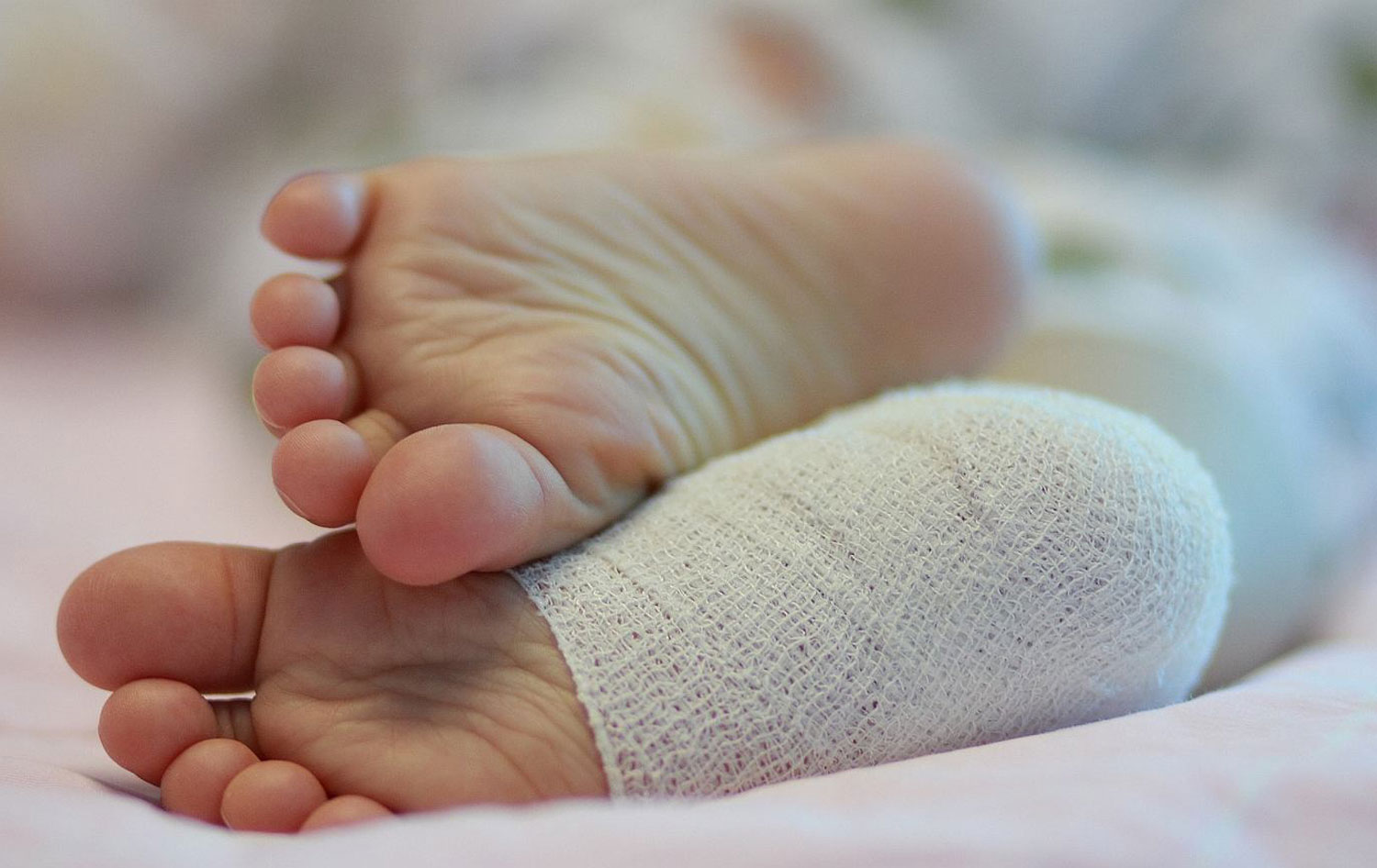innovative techniques Platelet-rich plasma therapy Times have changed since the days of bloodletting, when doctors…

Dupuytren’s Contracture
Dupuytren contracture (also called Dupuytren disease) is an abnormal thickening of the skin in the palm of your hand at the base of your fingers. This thickened area may develop into a hard lump or thick band. Over time, it can cause one or more fingers to curl (contract), or pull sideways or in toward your palm.
The ring and little fingers are most commonly affected. In many cases, it affects both hands. Rarely, feet may also be affected.
Risk Factors
- Age. The condition usually starts in middle age.
- Male. It is more common in men than women.
- Scandinavian or Northern European background. It is most common in people whose families come from these regions.
- Family history. The condition is often found in families, so it may be inherited.
- Seizure medicine. It is linked with some medicines used to treat epileptic seizures.
- Smoke or abuse alcohol.
- Diabetes.
Treatments
There is no cure for Dupuytren contracture. The condition is not dangerous. Many people don’t get treatment. But treatment can slow the disease or help ease your symptoms.
Treatments for Dupuytren contracture may include:
- Surgery. This is the most common treatment used for advanced cases. It may be done when you have limited use of your hand. During surgery, the surgeon makes a cut (incision) in your hand and takes out the thickened tissue. This can improve the mobility of your fingers. Some people have contractures return. They may need surgery again.
- Steroid shot (injection). If a lump is painful, a steroid injection may help ease the pain. In some cases, it may stop your condition from getting worse. You may need repeated injections.
- Radiation therapy. This treatment is not as common in the U.S. Low energy X-rays are directed at the nodules. This works best in the early stage of the disease. It can soften the nodules and help keep contractions from happening.
- Enzyme injection. This is a newer, less invasive procedure done by specially trained surgeons. Your doctor injects a medicine into the area to numb the hand. Then the enzyme is injected into the lump of tissue. Over several hours, the enzyme breaks down and dissolves the tough bands. This lets the fingers straighten when the cord is snapped by the surgeon, usually the next day.
Needle aponeurotomy. This is another newer, less invasive procedure. Medicine is injected into the area to numb the hand. The surgeon uses a needle to divide the diseased tissue. No incision is made.



